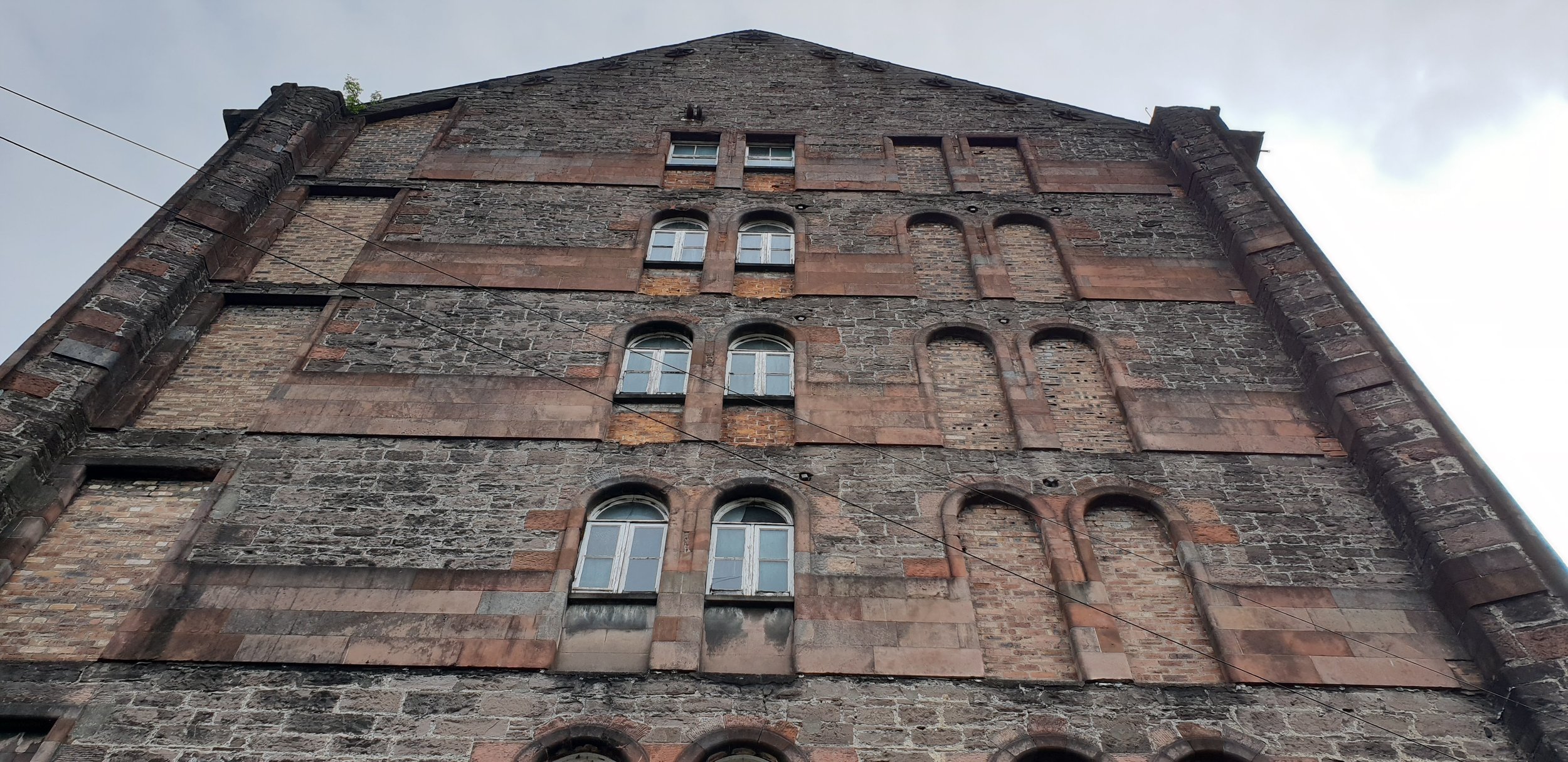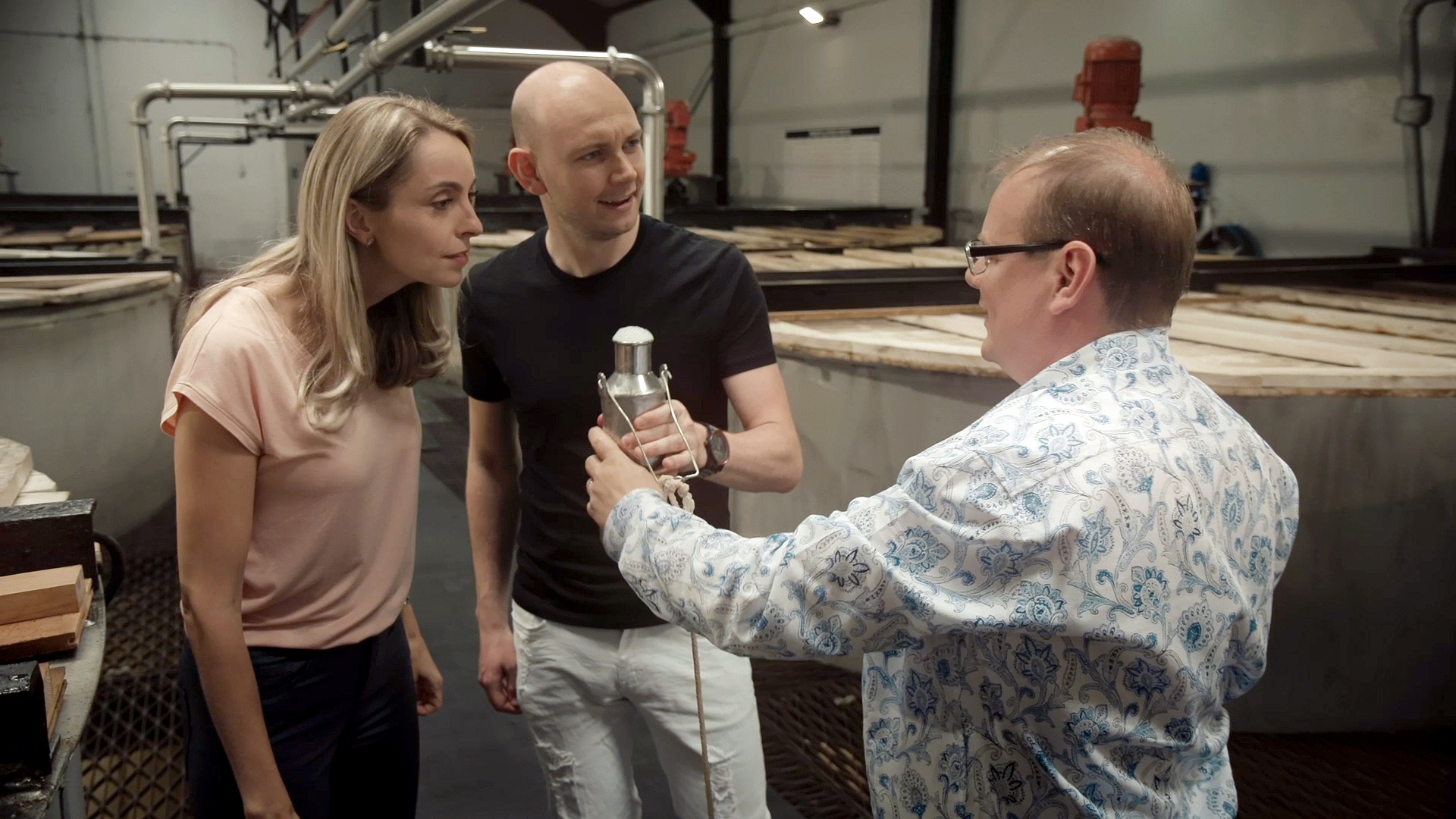Is single malt whisky better than blended whisky? My answer? No. Job done. Feet up; mine’s a large Peat Faerie. Dammit, I’m 718 short of the word count. Ok, here goes then…
A typical whisky buying story
I overheard an interesting conversation in an off licence the other day. A young man came in and asked the shopkeeper to help him choose a whisky for his grandfather’s birthday.
“What does he like?” the shopkeeper asked.
“Erm, I’m not really sure,” the young man replied, “single malt Scotch?”
“And what’s your budget?”
“About £40.”
Now, this in and of itself isn’t a particularly interesting interaction; I assume it happens several times a day in most large whisky shops. What’s interesting is what came later. The young man left with a bottle of blended malt whisky, having been assured by the shopkeeper that this was the best that grandpa would be getting given the price ceiling his grandson had imposed.
This prompted a lot of thoughts. Firstly, is wee Jimmy going to get a smack for daring to bring anything other than batch distilled malted barley produced at a single distillery across the threshold of dear old grandpappy’s home? If he’s not, and in fact grandpa only cares about the taste of what’s in the glass, is this a distinction that matters to many people outside of the Scotch Whisky Association, or is it just a form of snobbery?
A quick history of whisky blending
I’m afraid my inclination is towards the latter. Let’s start by taking a look at the history of Scotch whisky. For years, Scotch whisky was blended whisky. In fact, when the industry began to boom, it was because it was blended – it finally could be blended. Frankly, back in the 19thand early 20thcentury, the single expressions of each distillery were pretty rough. Pretty rough, and incredibly variable. The early period of Scotch production can really be construed as a series of relatively wealthy, or aspirant, farmers giving distillation a crack. Monday’s distillate might turn out ok, but if you took your eye off the ball on Tuesday for a minute or two - maybe there was a drainage issue in the lower field - it’s possible that you just made a batch of spirit vinegar. Weirdly, few consumers wanted to take a gamble on these terms. Or at least, at the more discerning end of the market, they weren’t going to come back if your last batch was a bit, erm, blinding.
This is why producers that cracked the process, and introduced some consistency, managed to create brands that were so highly regarded. They had to seek early forms of trade mark protection to distinguish themselves from poor imitations a few hundred miles away that still claimed to come from, say, Glenlivet.
Alternatively, enter the calm hand of the blender. Take John Walker, a grocer from Kilmarnock, or Messrs Chivas, shopkeepers on King Street, Aberdeen. It turns out that they had an alchemist’s touch – an ability to turn the rough into the drinkable – the sort of touch that means that many generations on, they are still household names.
How did single malt become better regarded?
So how did we get from this position, to a time where Pops now believes that the only whisky worth touching is single malt? Well, legend apparently has it that the boom in single malt whisky started when a work experience kid at Glenfiddich in the early 1960s was challenged to 'get rid of' an oversupply of 12-year-old whisky. He came up with the bright idea of bottling it as a single malt and begin promoting it as 'better' or 'more genuine' than blended whisky. Fifty years on and Glenfiddich remains the biggest selling single malt in the world, and many consumers, at least in the west, still believe that single malt is somehow better, or ‘more real’ than blended whisky. I hope he got a full-time job out of it.
Despite this, the reality for most consumers around the world is that scotch whisky is blended whisky. Just consider the biggest selling whisky brands: Johnnie Walker, Ballantine’s, Grant’s, Chivas Regal. In fact, the top twenty are all blends, so Glenfiddich and The Glenlivet (the biggest selling single malts) are not even close to a seat at the top table.
Are all of these consumers wrong? Well, of course they could be, but it seems unlikely, and if they're drinking what they like, then they're doing it right as far as I'm concerned. Think of it like comparing a fine red Burgundy to a fine red Bordeaux: the Burgundy will be made with a single grape variety (Pinot Noir) and Bordeaux will be a blend (Cabernet, Merlot and some others). Neither is necessarily better nowadays. It’s just a matter of style.
One thing's for sure; having tried my hand at blending whisky, it's seriously difficult, and those at the top of the game - David Stewart (William Grant & Sons), Stephanie Macleod (Dewar’s) and Richard Paterson (Whyte & Mckay) - are masters of their art; highly prized and with noses insured for over £2.5m. I'm not going to tell them they're making an inferior product.
To see more of our whisky content including our monthly whisky investment advice follow this link!




